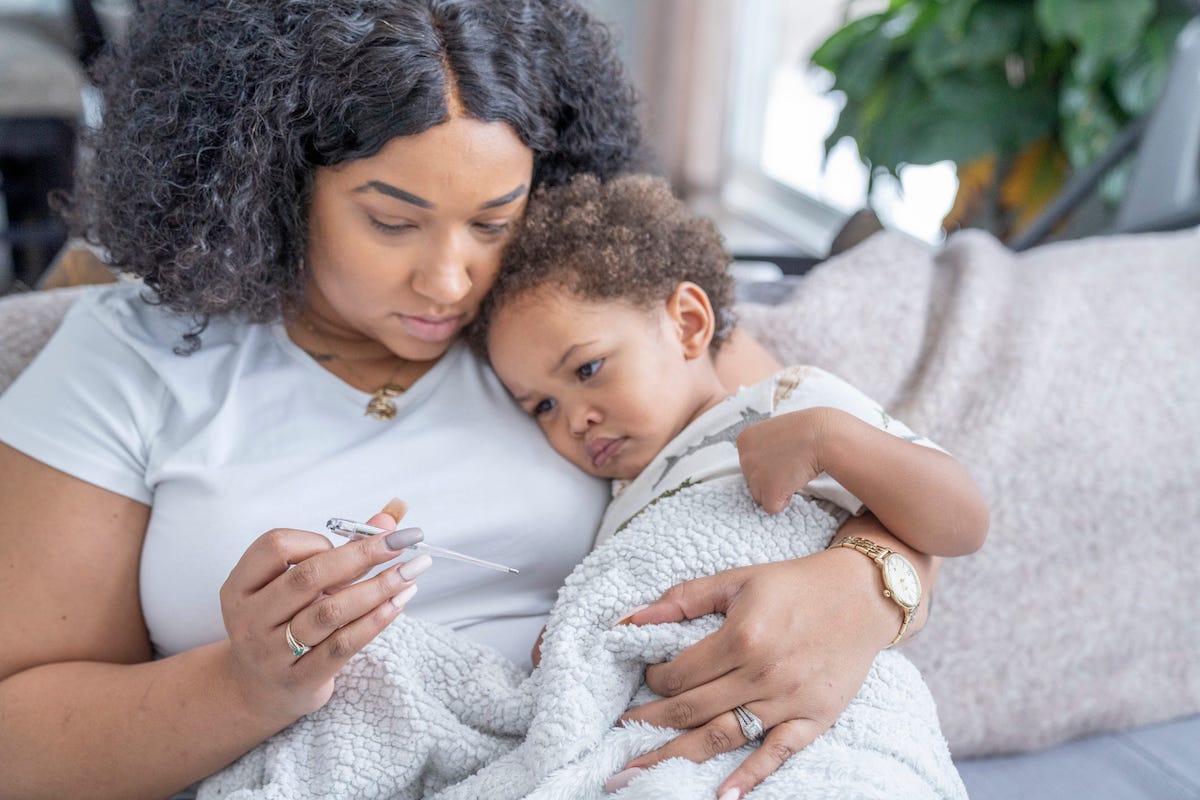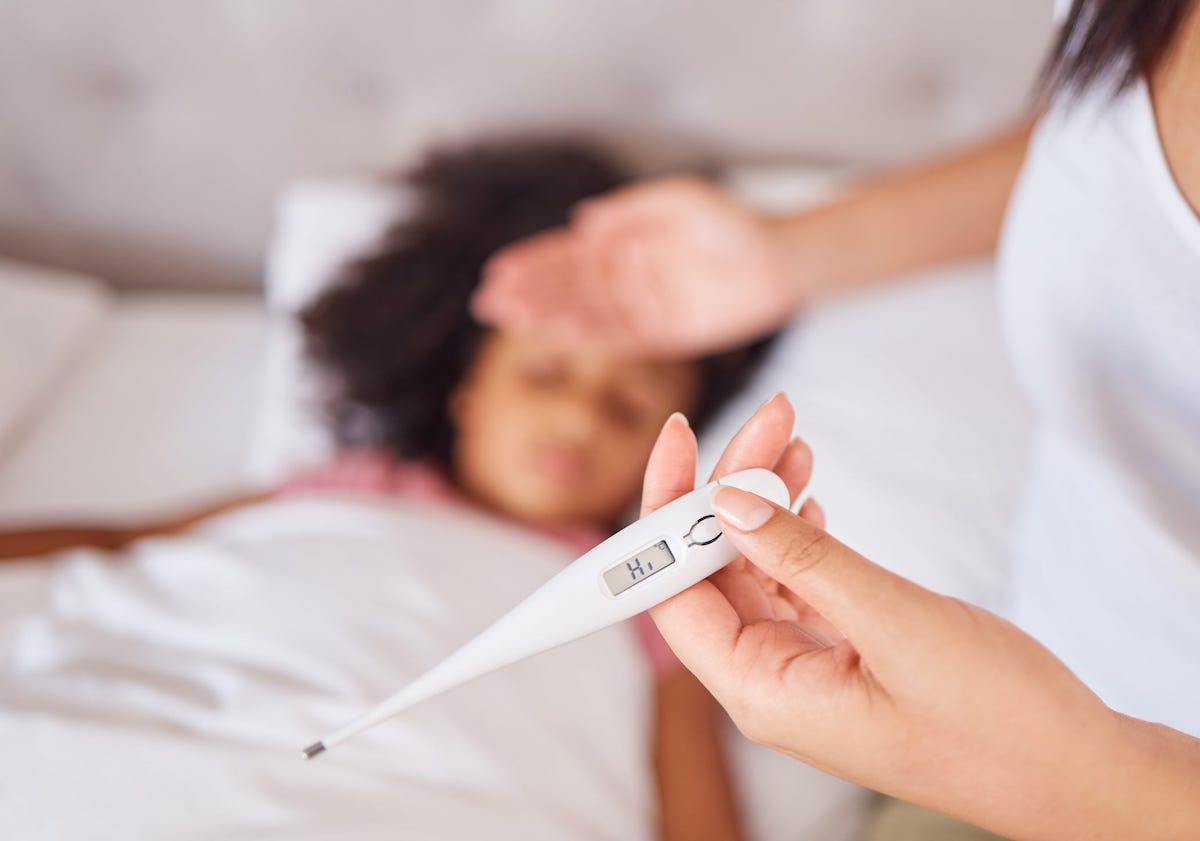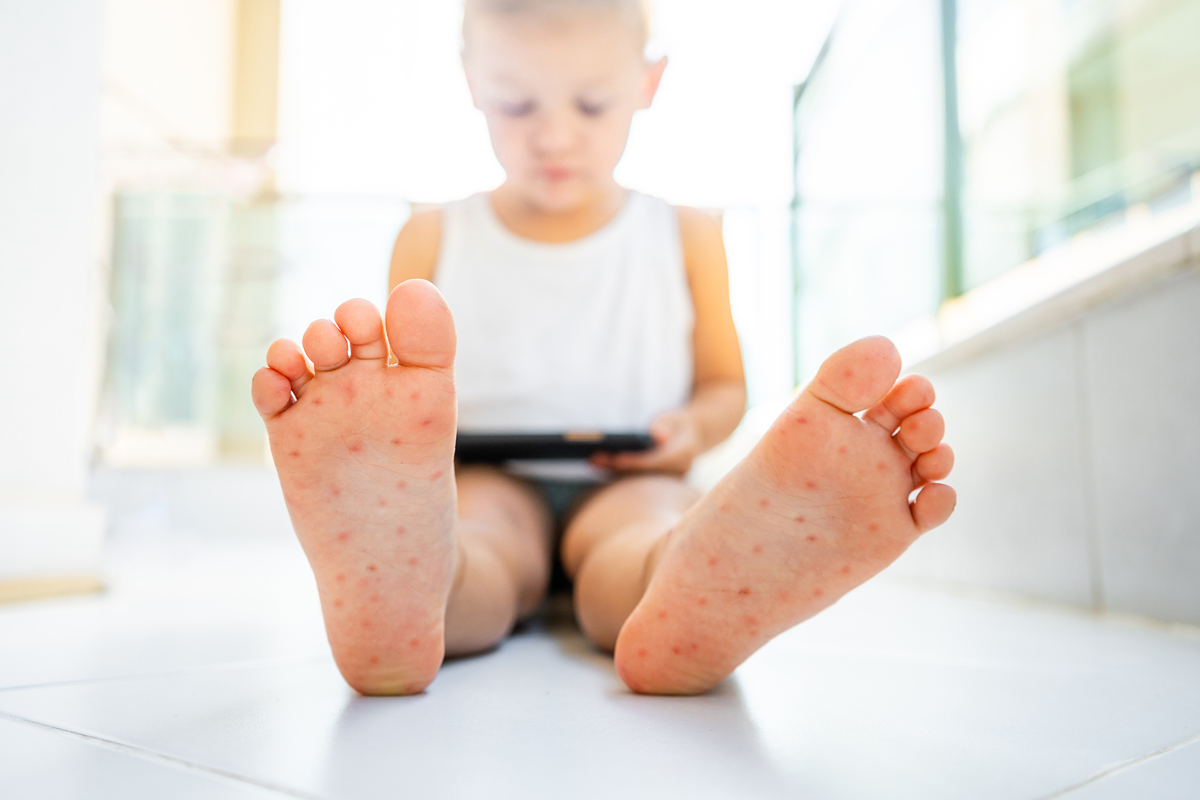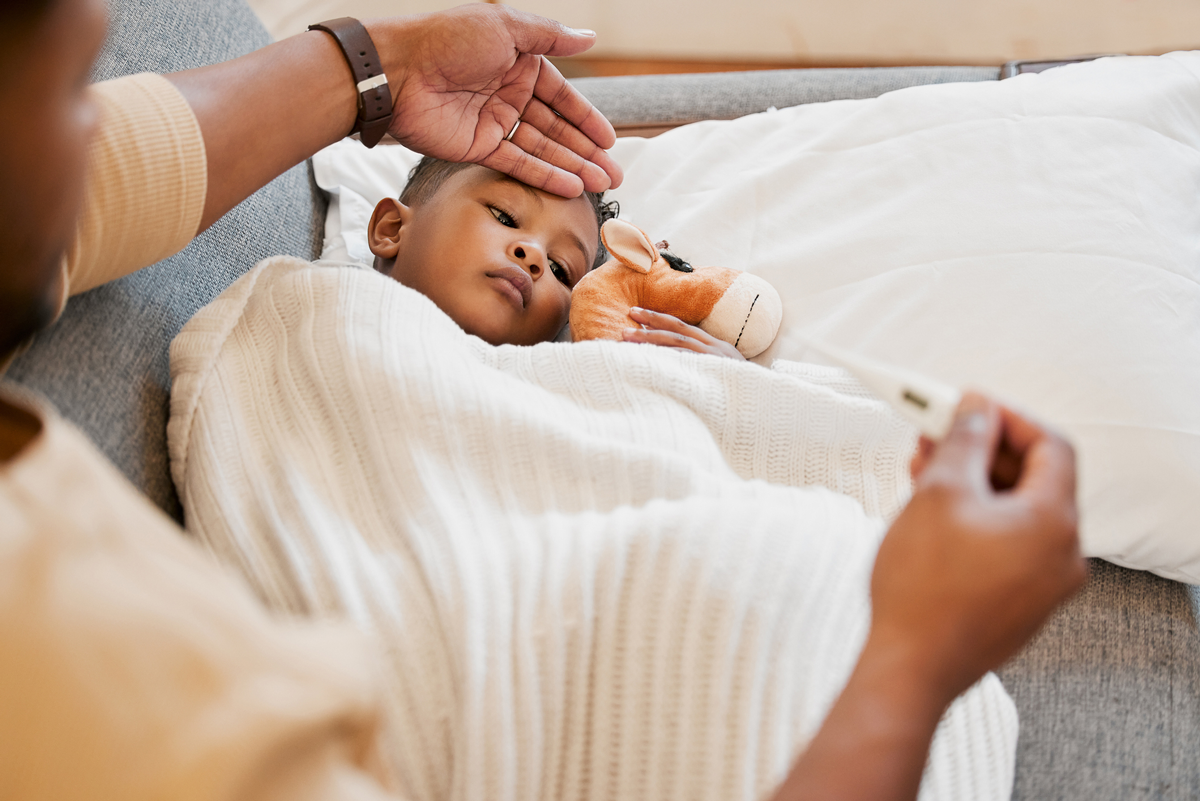This is a post where I’m tempted to say: if you haven’t heard about this yet, stop reading, since we know that parents of young children do not need more scary health things to think about. However, a number of you have messaged me asking for a breakdown of what is going on with this pediatric hepatitis outbreak. Today I’m going to break down the basics, what we know (fairly little), and what we do not (most things).
The TL;DR here in terms of action items: we have seen a small number — but higher than typical — of serious cases of hepatitis in children under 10. The cause is still largely unknown. The symptoms to be aware of are general flu-like symptoms, vomiting, diarrhea, light-colored poop, dark urine, and jaundice: yellowing of skin, or a yellowing of the whites of the eyes. Again, the numbers are extremely small. But serious gastrointestinal distress or jaundice necessitates a call to the doctor regardless of cause.
What is hepatitis?
As a parent, if you’ve heard of hepatitis in reference to your children, it’s probably about the hepatitis B vaccine. This is part of the early life series of vaccines, and it protects children against a particular type of viral hepatitis. Hepatitis, though, is a general term for liver inflammation, which can be caused in many different ways. There are five types of viral hepatitis (A, B, C, D, and E), and there’s autoimmune hepatitis, drug-induced hepatitis (e.g. a result of Tylenol overdose), and neonatal hepatitis.
Hepatitis can be acquired through food (e.g. hepatitis A, or other toxin exposure), through contact with infected individuals (hepatitis B, C), through IV drug use (hepatitis C), through disease (autoimmune hepatitis), etc. There are a variety of other viruses that can also cause hepatitis in some people, including adenoviruses and enteroviruses.
What this means, very broadly, is that it can be hard to identify a particular culprit in hepatitis. Not all hepatitis is a result of one of these “known” causes. It’s a condition, a disease, not a cause itself. By extension, having had the hepatitis B vaccine doesn’t protect against hepatitis in general, only against hepatitis caused by one particular virus.
Current pediatric outbreak
Beginning in the U.K. and Scotland over the past several months, doctors have identified an uptick in serious pediatric hepatitis cases, without a known cause. On April 23, the World Health Organization issued an updated report. It pointed to 169 identified cases, most of them in the U.K. and Scotland (114) but others scattered around Europe and nine cases in the U.S.
The initial symptoms in these cases were gastrointestinal — diarrhea, vomiting — and patients presented with jaundice and elevated levels of liver enzymes (which are detected in a blood test).
The U.K. has done the most significant investigation of these cases and has issued several reports (here and, more technical, here). Researchers there have been tracking cases since early January; cases increased significantly in March. They note that the vast majority of cases they have seen are in ages 2 to 5. These illnesses are serious. According to the WHO, 17 children have received liver transplants, and there has been at least one death.
In the U.S., there have been at least nine cases in Alabama, and possibly several cases in Wisconsin. The cases in Alabama started as early as October 2021.
I’ll get to a discussion below about why it’s challenging to figure out causes here, but it is worth noting that it is also challenging to even figure out how unusual these cases are. Unexplained pediatric hepatitis isn’t common, but it does happen. In a situation like this, with small numbers, it is difficult to evaluate how much is an actual increase and how much reflects unusual levels of scrutiny.
The data from the U.K. makes fairly clear that what we are seeing is much outside of what would be expected. But cases like the news reports out of Wisconsin are less easy to interpret. It will take time to fully understand how significant this is.
What is causing the latest hepatitis outbreak?
We do not completely know.
There are a number of causes that are ruled out. These cases are not caused by the known types of viral hepatitis (A-E). They do not seem to be caused by travel (which would increase exposure to toxins in food and elsewhere), by known toxins, or by Tylenol overdose. There is also, despite internet rumors, absolutely no reason to think these have anything to do with COVID-19 vaccines. The children in these age groups are too young for vaccines, and any related theories about their being affected by adult vaccines do not hold water.
In terms of what is going on… The best information we have on this comes from the U.K. surveillance, where the technical report includes information on test results for a range of viruses that could be causing hepatitis. They have information on 81 patients, with varying test results available. In the graph below, the horizontal axis is the share of patients with test results available; the vertical axis is the share of completed tests that were positive.
There is enormous variation in the frequency with which tests are performed. But if we look at the share of children testing positive, we see a number of viruses with no positive tests (flu, HIV, etc.), a number of viruses with low positivity (COVID-19, Epstein-Barr, two common herpesviruses, enterovirus), and one outlier: adenovirus. A large share of samples were tested for adenovirus, and about 80% of them were positive.
Adenovirus is a very common viral type that typically causes a range of childhood illnesses, including both respiratory and gastrointestinal. There are dozens of adenoviruses in the world. Among a small set of samples that have been sequenced, the particular adenovirus identified is type 41F. This subtype of adenovirus is associated with gastrointestinal illness, which would be consistent with the initial symptom profile, although it does not usually cause hepatitis.
A report on the cases in Alabama from the CDC also points in this direction. In it, researchers looked for cases where the child had both adenovirus and hepatitis, and identified nine of them. In the five cases they sequenced, they found adenovirus 41.
This evidence together has made adenovirus infection a key leading theory for what is going on. It is not, however, totally uncomplicated as an explanation. This is true for a few reasons.
- Although adenovirus was found in a lot of affected children who were tested, it wasn’t found in all of them.
- Adenovirus 41 has been around for an extremely long time and hasn’t been known to cause this type of illness before.
- Adenovirus is very common in children, and U.K. surveillance testing shows overall higher rates than usual at the moment. It’s a DNA virus, which means it persists for long periods in testing. It is possible, then, that this is just a coincidence — a correlation, but not a causal factor.
The U.K. technical report ends with a “working hypothesis” list. Their leading hypothesis is that there is some other factor that is changing the expression of this common adenovirus in young children. Possible cofactors include more susceptibility due to lack of viral exposure in the past two years, COVID infection, or some other toxin or drug. None of these seems like an ironclad explanation: virtually all kids have had limited exposure to viruses in the last couple of years, and a huge share have had COVID. So it cannot be simply “adenovirus 41 + COVID,” since that’s a lot of children and we are talking about a very small group.
Other working hypotheses include a novel virus, a novel adenovirus, an unknown toxin, or a new COVID variant. None of these fit the data as well as the leading hypothesis does.
What comes next?
First: it is important to emphasize that we are talking at this point about really rare events, so this is not something that should either induce panic or cause behavior change (it is unclear even what behavior you’d change). If your child has signs of jaundice, you should absolutely call your doctor, but that is completely independent of this outbreak. It is still much more likely that a jaundiced child has a known cause rather than that it is part of this situation.
The main next steps are for research teams and clinicians. Now that there is a clearer explanation of what we are looking for in terms of symptom profile and testing, it may be easier to identify what is going on. The reality, though, is that we may never know. In a sense, that might be what we hope for: if we see relatively few additional cases, if this is a small blip, then we might never know what caused it, but we’d be thankful it was limited.
Note: Your Local Epidemiologist had a great discussion of this a couple of weeks ago; if you’re here for public health content, you should also subscribe to that excellent newsletter.

















